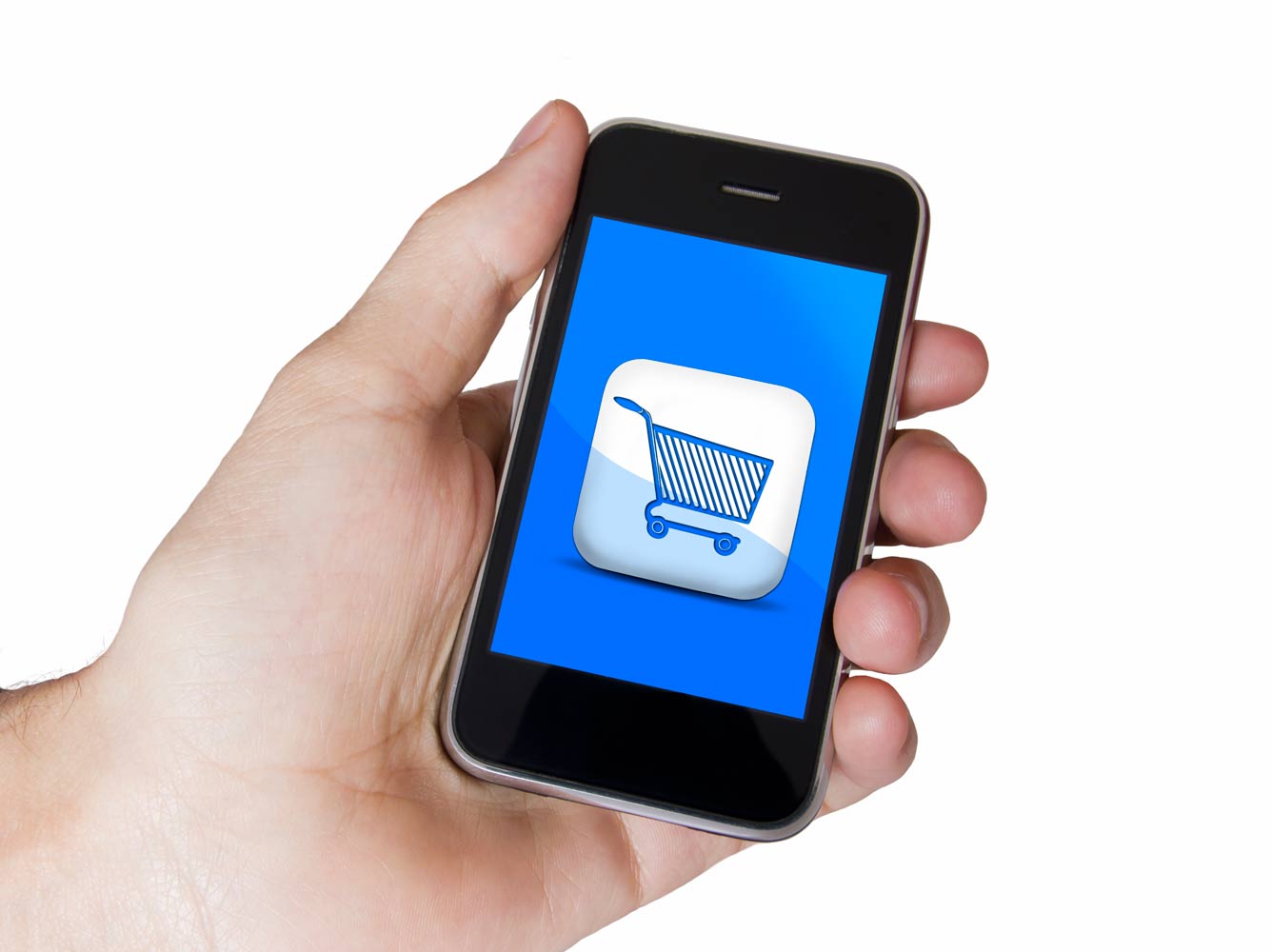According to recent research published in the trade publication Internet Retailer, mobile commerce is a growing force in the United States economy. Consumers with smartphones, tablets, and other mobile devices spent $24.7 billion in 2012, which constitutes 11 percent of the total e-commerce sales over that period.
For many businesses, these numbers are not unexpected. After all, the number of smartphone users in the United States has grown significantly over the past five years, and new cell network technologies have given consumers an easy way to buy nearly any product from anywhere in the country. The speed of adoption is still remarkable, however--last year, mobile commerce or m-commerce, made up only 7 percent of electronic commerce sales.
Part of the growth stems from the popularity of tablet computers. With $13.86 billion in sales logged in 2012, tablets made up the biggest segment of the emerging mobile market for the first time ever. Popular tablets like the iPad and Asus Transformer give consumers a new way to quickly find product information and make purchases, and tablet e-commerce sales will likely grow to around $24 billion (over 62 percent of the total expected m-commerce sales) through 2013.
Smartphones make up the second-largest segment of the m-commerce market with $9.86 billion in sales in 2012. Demographics certainly play a role in smartphone adoption rates. A recent survey showed that 66 percent of smartphone owners fall into the 24-35 year age group. This active, lucrative consumer group is a target audience for thousands of U.S. businesses, and the segment is growing; by some estimates, two out of every three new cell phone buyers purchase smartphones, and as adoption rates have soared, so have digital sales.
Other mobile devices made up a relatively small 3.8 percent of m-commerce sales with a respectable total of $0.94 billion. These "other" devices will likely drop in popularity in 2013 as consumers gravitate towards tablets and smartphones. Businesses can actively engage the growing m-commerce market by optimizing their websites for mobile devices. Many consumers want a simple and intuitive shopping experience, and businesses that provide this experience win a bigger share of mobile sales. According to many analysts, mobile commerce presents exciting opportunities for businesses that want to reach new customers, and as m-commerce sales will likely continue to increase through 2016, businesses that optimize their websites intelligently will continue to see serious benefits.


 Made with ❤ in the USA.
Made with ❤ in the USA.
